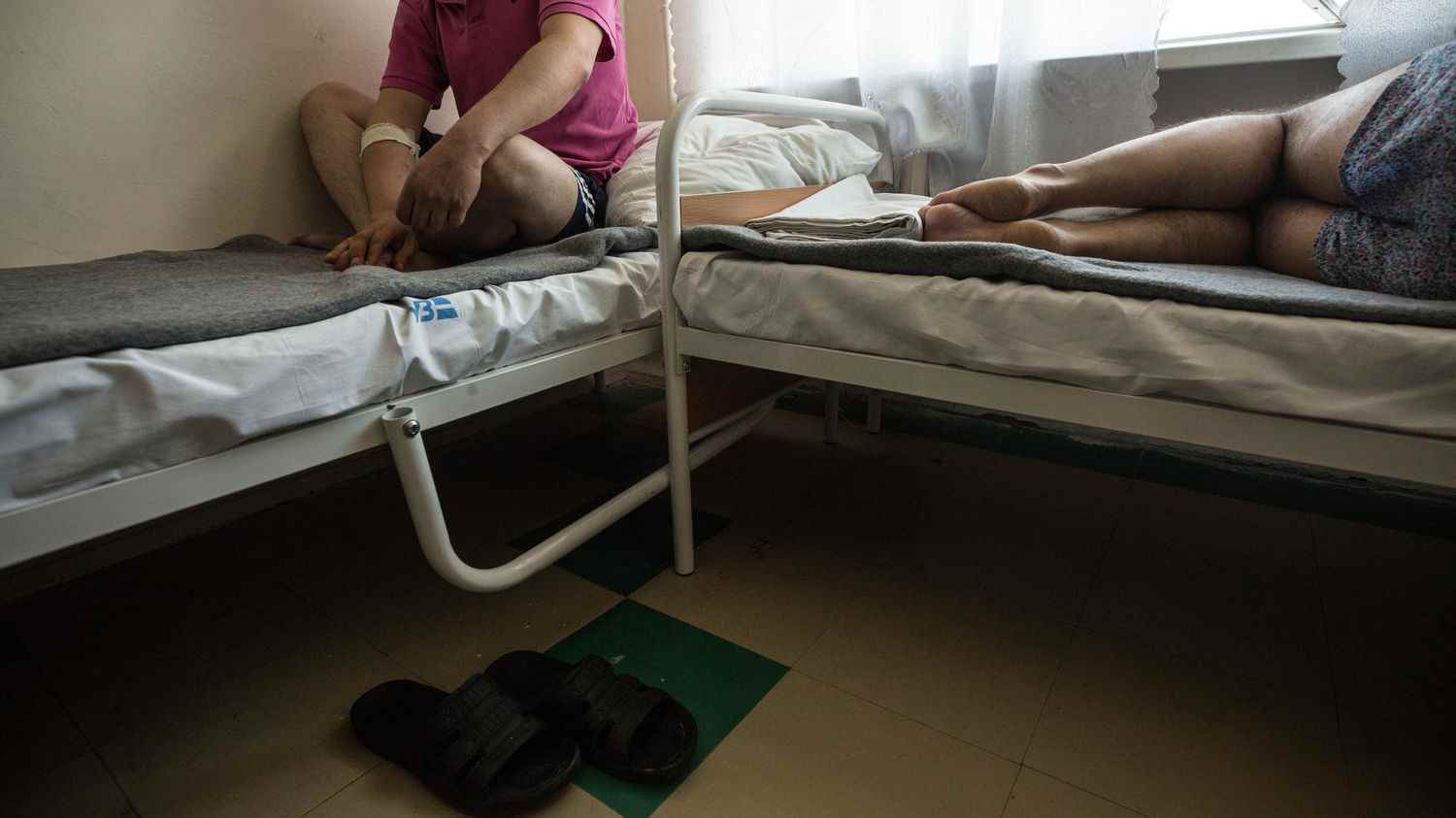The flesh still raw, Bogdan has the left calf in tatters. Lying in his hospital bed in Dnipro, eastern Ukraine, the window open, the ashtray full of cigarette butts, he recounts his morning of March 23: “When you hear a whistle, it’s not your shell. It’s when you hear nothing that it’s for you.”
>> War in Ukraine: Is Severodonetsk a pro-Russian city?
It was in Roubijné, in the heart of Donbass where the fighting is intensifying, the Russian forces putting, according to a Ukrainian general, all their forces in the battle. Bogdan, a 35-year-old professional soldier, supplied the front line, as he does every day: “I was getting into a military vehicle. I was on a mission. The shell exploded right next to me. It was long-range artillery fire. It ripped my skin off, nerves and partially severed my tendons. At first, I didn’t understand anything. I was just stunned.”
“It exploded and I was thrown into the vehicle. They put a tourniquet on me. I saw that my leg was still there, that I hadn’t lost it and I was happy.”
Bogdan, Ukrainian soldier wounded in actionat franceinfo
Like Bogdan, all the soldiers treated at Dnipro have the same type of wounds.“Here is a soldier’s right leg with Grad missile shrapnel wounds,” explains doctor Serhy Slessarenko, scrolling on his phone through the photos of the last bodies he has tried to repair.

The cuts are frank, deep, multiple and mainly on the legs.“We do not sew up the wounds of war, ever, adds the doctor. That’s a deep wound. The shard came out and at this place, it just hit the body superficially. Another example? That’s a calf wound, the shrapnel went in there and came out here. IThere are practically no wounds from automatic weapon fire, only artillery. Most of the patients we treat here have been hit by shrapnel.”
The Ukrainian army does not communicate on the number of wounded soldiers, but for Serhy Slessarenko, one in two soldiers will be able to return to the front within a few months.
